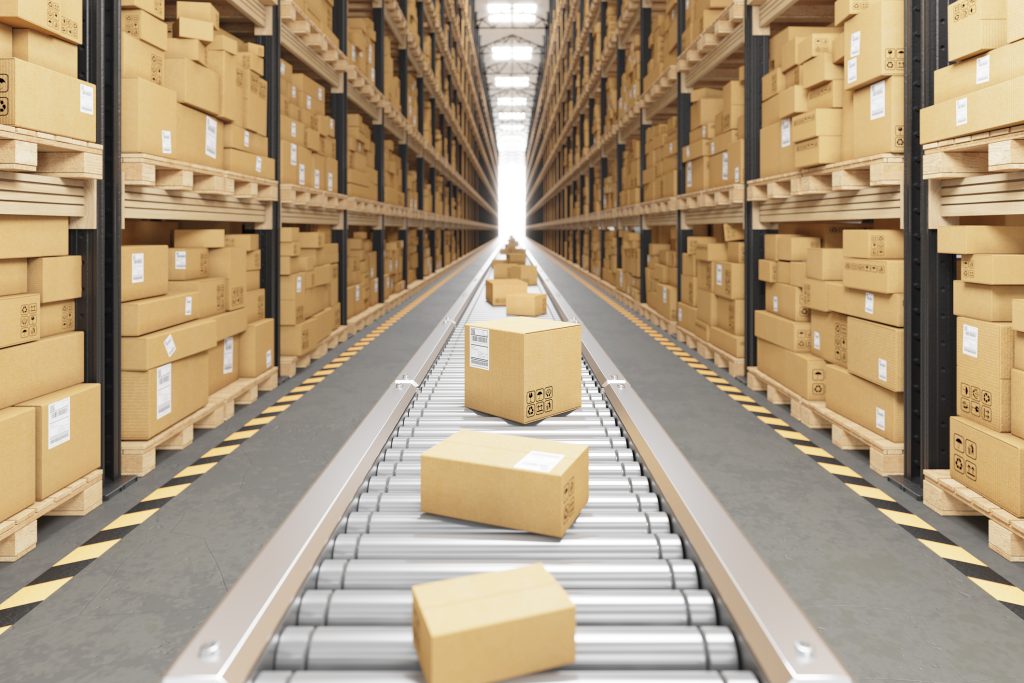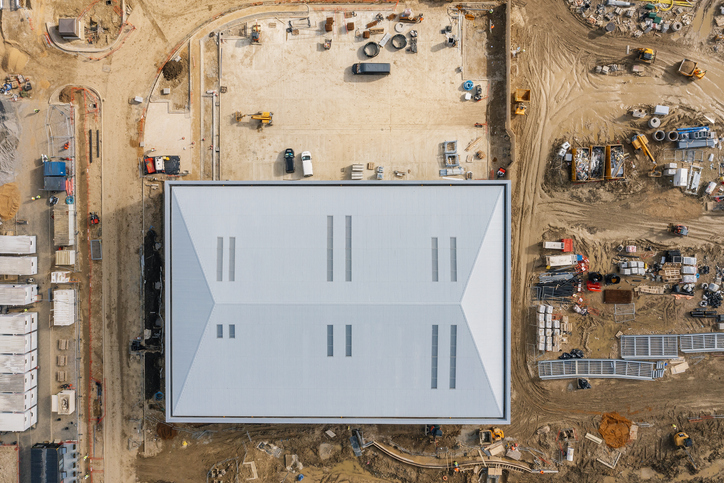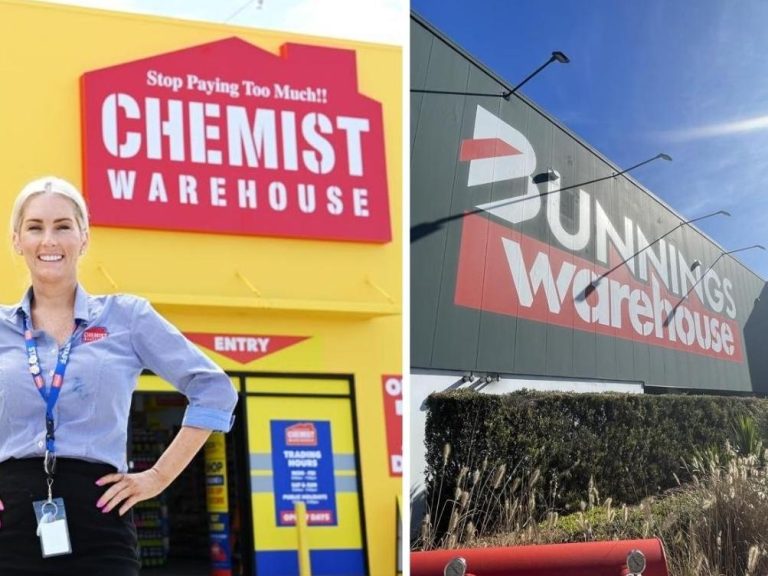Online shopping rebounds, but will enough new warehouse space follow?

Aussies are shopping online at record levels, fuelling a digital spending rebound that will drive up the need for more warehouse space over the coming years, experts say.
The rise of Temu, Shein and other digital retailers, as well as easy-to-use smartphone wallets and better home delivery has driven online shopping in Australia to all-time highs that haven’t been seen since the last peak in 2021.
New CBRE research has found Australia’s e-commerce penetration rate – the proportion of retail sales occurring online – has grown to a record 14.3% in May this year and was forecast to be 17% by 2029.
Online shopping boomed during the height of pandemic-era restrictions, but its growth has moderated in the following years, as consumers returned to in-store shopping.
CBRE’s head of industrial and logistics, data centre research Australia Sass Jalili said there were several factors supporting e-commerce growth in Australia.

E-commerce businesses typically required three times more warehouse and logistics space than traditional retail, according to CBRE. Picture: Getty
“A greater number of tech-savvy Australian households – including millennials and Gen Z through to older consumers – are shopping online and with greater frequency,” she said.
“Improved digital payment options have prioritised convenience and accessibility while enhanced delivery networks have resulted in faster shipping.”
It comes as more shoppers buy goods online and snap up digital deals more often.
One in five households made a weekly online purchase last year, compared to one in 20 in 2018, according to Australia Post research.
The same study showed that 9.8 million households bought online last year, representing more than 90% of Aussie households in 2024, compared to 73% in 2018.

One in five households made a weekly online purchase last year. Picture: Getty
As the cost of living has increased in recent years, millions of Australians have started shopping on online discount marketplaces such as Temu, Shein and others.
Last year, about 3.8 million Australians had shopped on Temu at least once, while some 2 million shoppers had made a purchase on Shein, according to Roy Morgan research.
The pandemic triggered a surge in online shopping and demand for logistics space, which fuelled an unprecedented boom in the industrial real estate market.
REA Group senior economist Anne Flaherty said commercial property investors had flocked to the industrial sector, making it the most popular commercial property asset class in Australia.
“In 2021, industrial property recorded its strongest year on record, with just under $32 billion in sales,” she said.

Between 1.7 to 1.8 million square metres of additional e‑commerce-dedicated logistics space is needed over the next five years to support the growth of online sales. Picture: Getty
“Since then, demand has lessened, with more challenging economic conditions contributing to rising vacancies and lower rent growth.
“While the boom conditions of 2021-23 are unlikely to be repeated, the industrial sector is on track to remain one of the best performing sectors over the coming years, underpinned by strong fundamentals including increased e-commerce penetration, population growth, and lower interest rate settings.”
CBRE forecasts that 1.7 to 1.8 million square metres of additional e‑commerce-dedicated logistics space would be required over the next five years to support the growth of online sales.
It also predicted that the new space expected to be built between 2025 to 2027 would be insufficient to meet the needs of e-commerce, the food and beverage sector, and population growth.
“As e-commerce continues to grow, competition among distributors and retailers for modern, high-quality logistics space in Australia will intensify,” Ms Jalili said.
“CBRE’s analysis suggests that for every $1 billion of e-commerce sales an additional 70,000 sqm of logistics space is required.”
E-commerce supply chain operators typically required three times more warehouse and logistics space than a traditional brick-and-mortar supply chain, according to CBRE.
At the same time, Australia’s logistics availability has tightened since the pandemic, with most Australian markets reporting a vacancy rate of less than 3% between 2021 and 2025.







